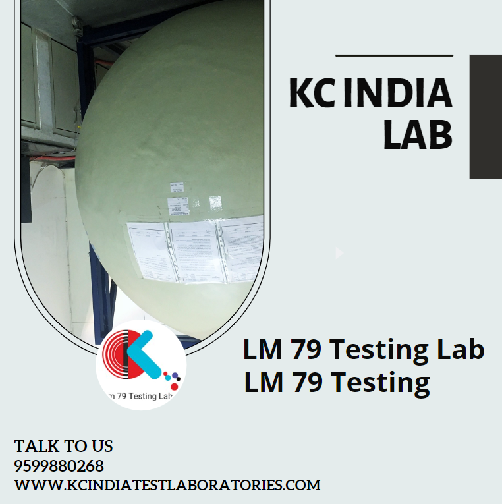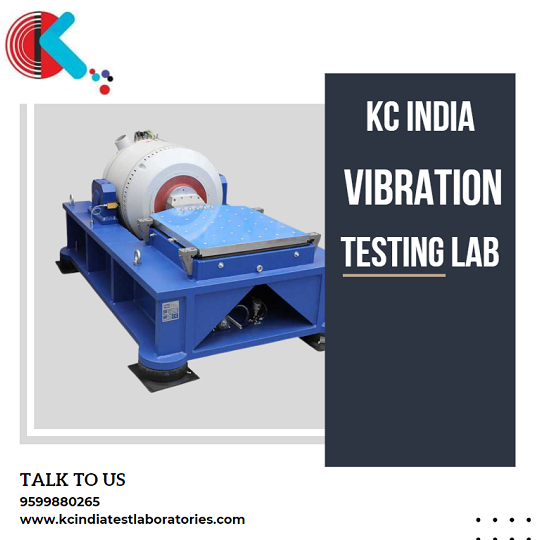KC India One Of The Best LM 79 Testing Lab in India

LM-79 testing measures the performance of products that use solid-state lighting (SSL) technology, such as light-emitting diodes (LEDs). This testing provides a snapshot of performance under specified operating conditions at some point in a product's life, typically at the start of operation—these are known as initial measurements. It makes no mention of lifetime ratings, changes in performance over time (for example, lumen maintenance), or LED case temperature. The LM-79 method can be used on integrated LED products like luminaires and replacement lamps. It doesn't apply to LED packages, modules, or arrays (herein collectively referred to as LED light sources). LM-79 data allows for objective product comparisons and evaluation in relation to performance requirements. Although LM-79 does not specify a report format or minimum content, it does provide a lengthy list of "typical items reported." Electrical characteristics, lumen output, spatial distribution of light...





